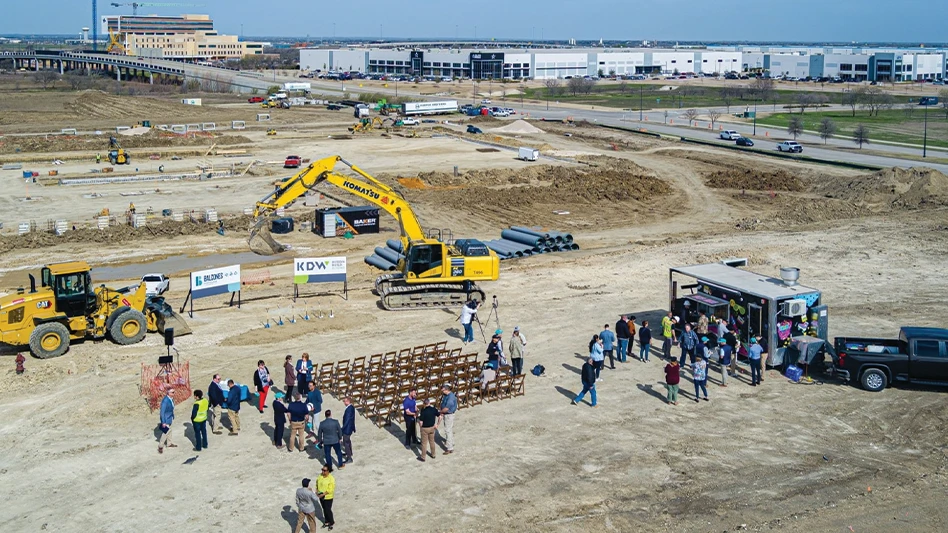U.S. MANUFACTURERS EXPECT IMPROVEMENTS
Although current conditions worsened slightly, U.S. manufacturers reported heightened expectations for sectoral improvements in the first quarter of 1995, according to the Dun & Bradstreet Corp.’s monthly survey of 1,000 manufacturing executives.
Previous surveys revealed improvements in manufacturers’ current conditions and a decline in expectations largely due to their pessimistic outlook toward the economy fostered by sharply rising interest rates.
"These data are troubling despite the upturn in expectations," comments Douglas Handler, manager of econometric analysis for Dun & Bradstreet. "The main culprit behind the lower three-month history index was the rise of the finished goods inventories index to its highest level this year, which contributes negatively to the overall index."
New orders also were down slightly from their exceptionally high levels of the past few months. These data indicate the first signs that the earlier manufacturing boom has been winding down but that slower growth lies ahead.
While the three-month expectations data were up, most of this increase can be traced to a rise in the production level and unfilled orders components.
"Manufacturers feel that they can tolerate the current rise in inventories since they feel additional orders and fatter backlogs are just around the corner," says Handler.
SCIENCE & TECHNOLOGY INVESTMENTS INCREASE
After stagnating in the early1990s, investments in science and technology in the United States will begin a recovery in 1995 that should carry into the next century, according to the annual Battelle-R&D Magazine forecast on research and development spending.
Expenditures for research and development in the U.S. are expected to rise to about $182 billion in 1995, according to the forecast. This represents an increase of three percent over the estimated preliminary figure of $177 billion for 1994.
"A strong commitment to R&D and technology is critical to maintaining the competitiveness and profitability of industry, providing commercial products of high value, and ensuring the overall health of the economy," says Douglas Olesen, president and CEO of Battelle. "By investing in science and technology, we strengthen our position in the global marketplace."
Four major trends that may have a significant impact on industrial R&D and technology for the rest of the century, according to Olesen, include the development of new, high-impact commercial products as a result of technology systems applications; more intercompany cooperative research; the view by industry that technology is critical to competitiveness; and increased funding by the government of cooperative research with industry.
U.S AUTO BOOM SLOWS
Although each of the Big Three auto makers reportedly enjoyed record earnings in 1994, there is some evidence suggesting that the recent three-year boom in auto sales is ending, according to some analysts. Slower demand for small cars and minivans led Ford Motor Co. to temporarily idle some plants, and auto stocks have slipped. New estimates for 1995 earnings are less optimistic than previous estimates, calling instead for flat growth of about three percent, down from 8.4 percent in 1994 and 13.7 percent in 1993.
Repeated interest rate increases are cited as one factor in the slowdown, along with unwillingness to pay higher prices for new vehicles, and a new willingness to hang on to existing vehicles for a longer period of time.

Explore the November 2001 Issue
Check out more from this issue and find your next story to read.
Latest from Recycling Today
- SABIC’s Trucircle PE used for greenhouse roofing
- Hydro to add wire rod casthouse in Norway
- Hindalco to invest in copper, aluminum business in India
- Recycled steel price crosses $500 per ton threshold
- Smithers report looks at PCR plastic’s near-term prospects
- Plastics association quantifies US-EU trade dispute impacts
- Nucor expects slimmer profits in early 2025
- CP Group announces new senior vice president






